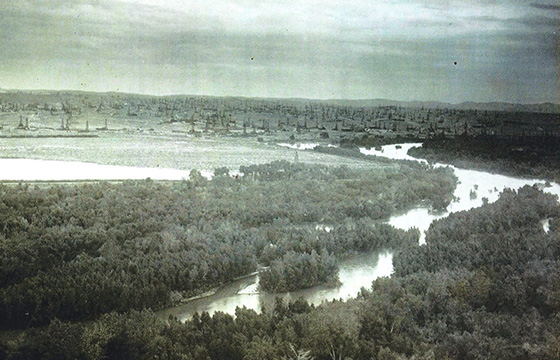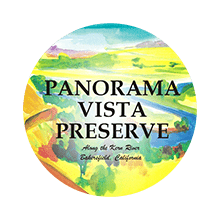The Revegetation

Once the Kern River ran unimpeded by the development of any sort, free to flood the land and take any channel it wished, even creating new channels if it so desired.
Since the 1870s, however, the river and adjacent land below the Panorama Bluffs and on the valley floor have undergone many successive changes due to agricultural and industrial development; native grasses, shrubs, and trees almost totally disappeared except in areas closest to the river, plowed or ‘dozed under by farmers or petroleum operations.

Some native vegetation, especially that immediately adjacent to the river, was spared from the blade, however, and was able to hang on because seasonal flooding kept the water table high. But the construction of Isabella Dam in the 1950s meant an end to natural flooding and the water table began to drop. Plantlife farther from the river began to die off with the resulting loss of wildlife habitat.
However, not everything died; some cottonwoods, buttonwillows, and sycamores survived. The fact these few are still there and healthy is a good sign that the water table is still within reach for them. So, although the riparian forest along the river is now narrow, a major objective of the Preserve is to improve and expand the density and width of the habitat band lining the river.

To date, 57,525 native, drought-resistant trees, shrubs, and vines have been planted on 259 acres of the Preserve. These include California sycamores, elderberries, bladderpod, buttonbush, cottonwood, willows, oak, mule fat, honey mesquite, quail bush, saltbush, California blackberry, wild rose. Most seeds and cuttings come from the Preserve itself; thousands have been grown in our onsite nursery.




